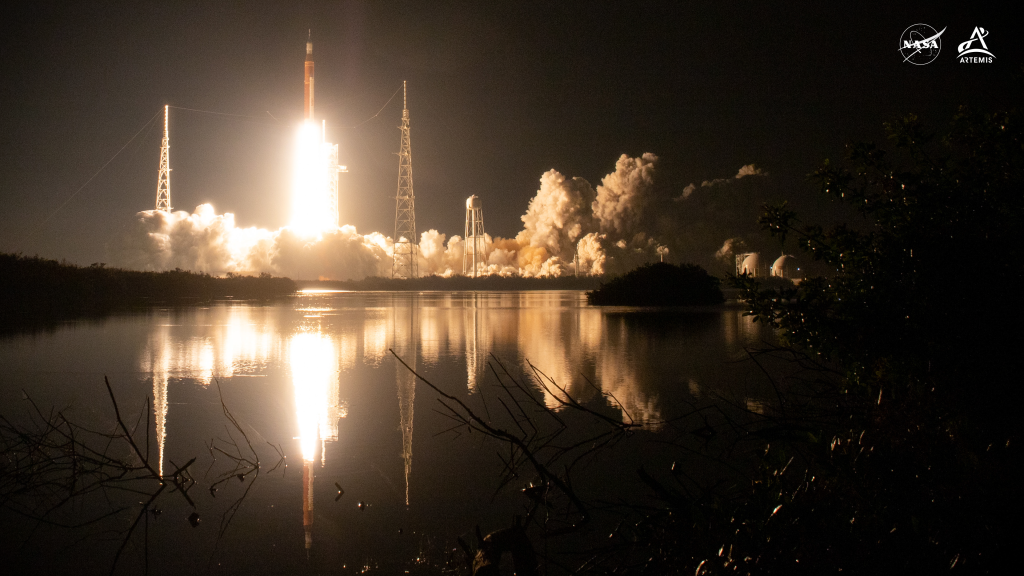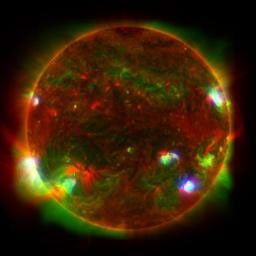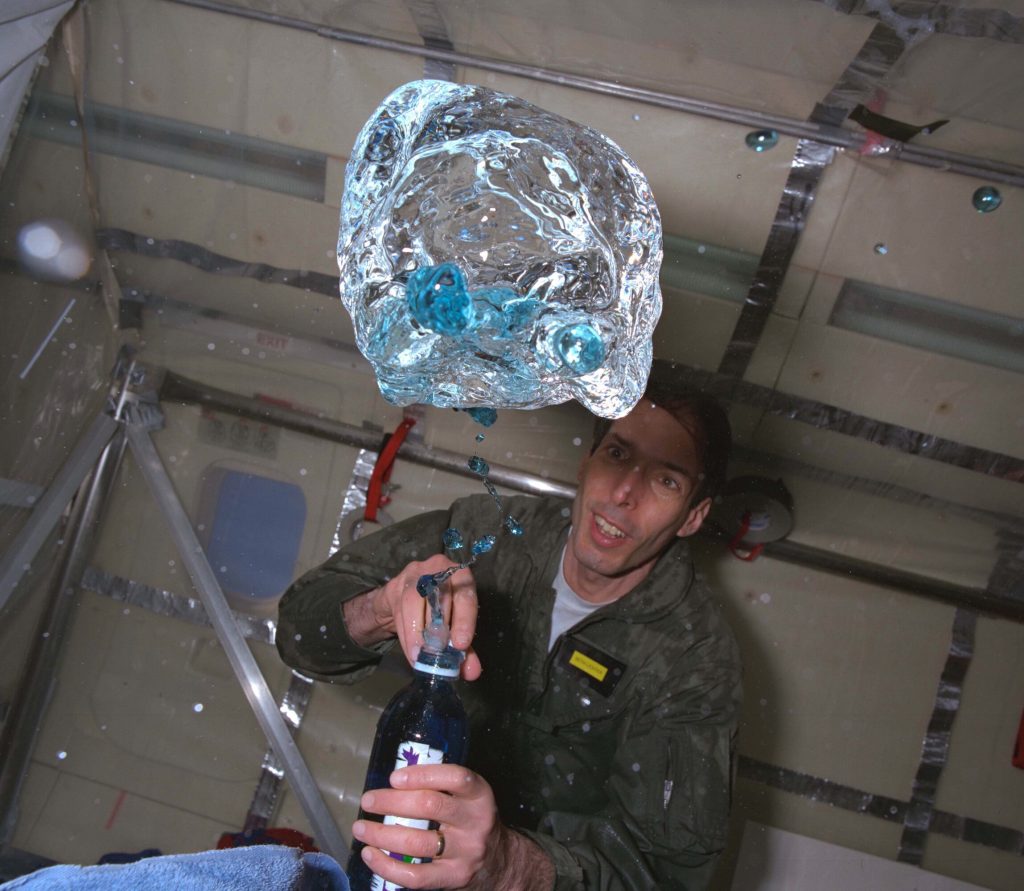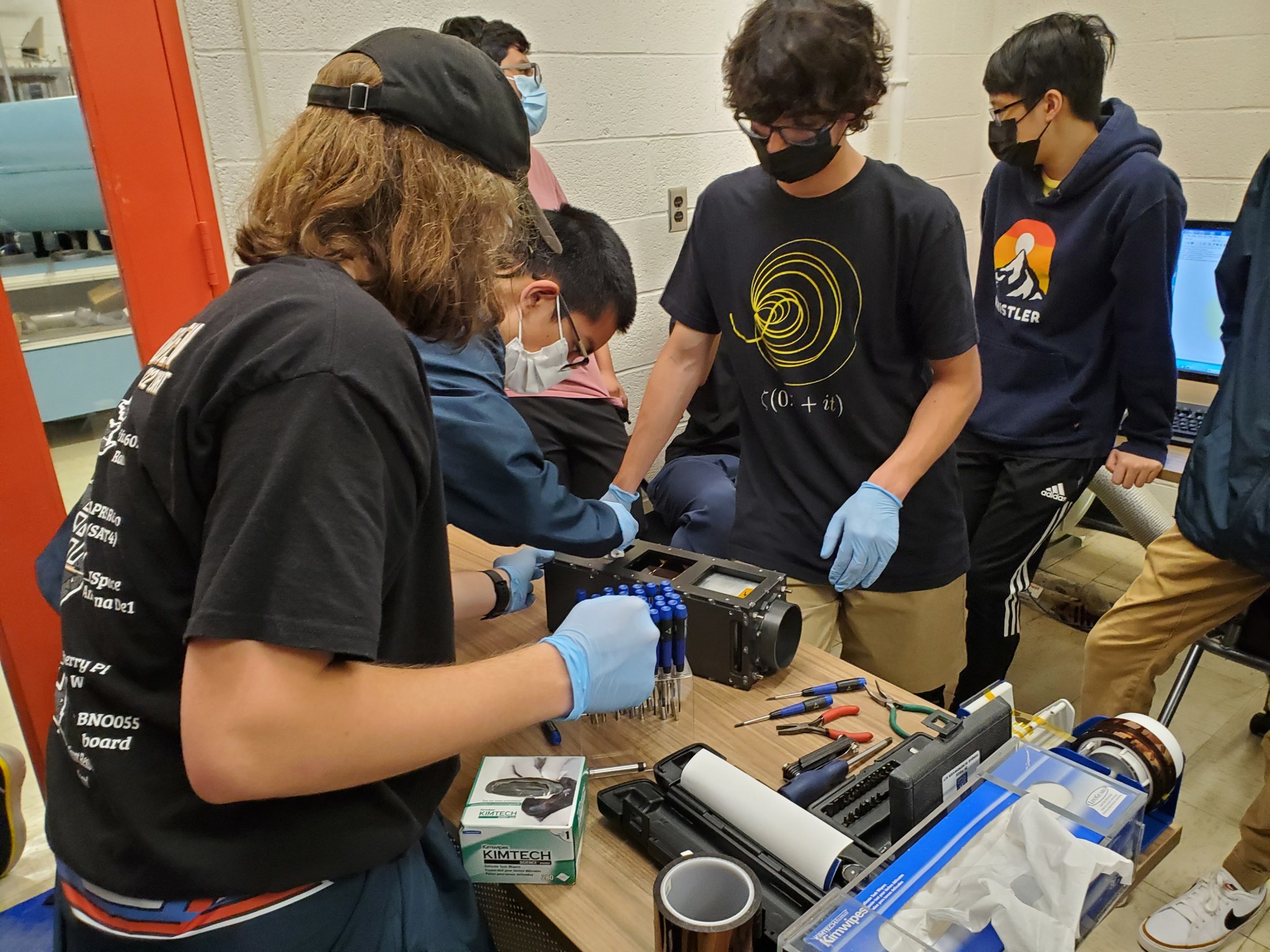NASA has announced a new round of opportunities for CubeSat developers to have their research spacecraft fly on upcoming launches through the agency’s CubeSat Launch Initiative (CSLI).
The initiative provides access to space at a low cost to U.S. educational institutions; nonprofits with an education/outreach component; informal educational institutions (museums and science centers); and NASA centers – including the agency’s Jet Propulsion Laboratory in southern California – focused on workforce development. CSLI encourages participation by Minority Serving Institutions.
Those selected will develop their skills in hardware design, development, and build knowledge in operating the CubeSats. “Working with CubeSats is a way to get students interested in launching a career in the space industry,” said Jeanie Hall, CSLI program executive at NASA Headquarters in Washington. “It’s hands-on experience that enables students, teachers, faculty, and NASA to conduct scientific investigations and technology demonstrations in space while contributing to NASA’s exploration goals.”
Applicants must submit proposals by 5 p.m. EST, Nov. 17, 2023. NASA expects to make selections by March 15, 2024, for flight opportunities in 2025-2028, although selection does not guarantee a launch opportunity. Applicants are responsible for funding the development of the small satellites.
One recent CubeSat mission is the University of Colorado Boulder’s CIRBE (Colorado Inner Radiation Belt Experiment) satellite, which launched aboard ELaNa (Educational Launch of Nanosatellites) 47 on April 14, 2023, on a SpaceX Falcon 9 rocket from Vandenberg Space Force Base in California. Communication was successfully established with CIRBE, which is designed to gain a better understanding of the formation of the inner radiation belt
CubeSats selected by CSLI may be manifested to launch and deploy directly from a rocket or hitch a ride to low Earth orbit for deployment from the International Space Station. On Nov. 26, 2022, TJREVERB (Thomas Jefferson Research and Education Vehicle for Evaluating Radio Broadcasts), from Thomas Jefferson High School for Science and Technology in Virginia, and MARIO (Measurement of Actuator Response In Orbit), from the University of Michigan, launched to the International Space Station aboard a Falcon 9 rocket as part of the ELaNa 49 manifest from Kennedy Space Center’s Launch Complex 39A in Florida.
TJREVERB is studying the use of a satellite phone radio as a primary radio communication method, while MARIO will demonstrate how test structures made of a piezoelectric material – a type of material that bends when electricity is applied and can also generate electricity when bent – performs in low Earth orbit. The first message transmission from MARIO back to Earth was a tribute to the famous video game character: “It’s a me, MARIO!”
CubeSats are a class of spacecraft sized in multiples of standardized unit called a “U.” A 1-Unit (1U) CubeSat is about 10 x 10 x 11 cm in size (3.9 x 3.9 x 4.5 inches). A 3U CubeSat is three times the size of a 1U, a 6U is six times the size, and so on.
To date, NASA has selected 219 CubeSat missions from 45 states, the District of Columbia, and Puerto Rico, and about 150 CubeSats have been launched into space through ELaNa missions.
The CubeSat Launch Initiative is managed by NASA’s Launch Services Program based at the agency’s Kennedy Space Center in Florida. For more information about CSLI, follow us on Facebook and Twitter or visit:
https://go.nasa.gov/CubeSat_initiative
-end-
Lora Bleacher
Headquarters, Washington
240-397-3666
lora.v.bleacher@nasa.gov
Laura Aguiar / Leejay Lockhart
Kennedy Space Center, Florida
321-593-6245 / 321-747-8310
laura.aguiar@nasa.gov / leejay.lockhart@nasa.gov



























